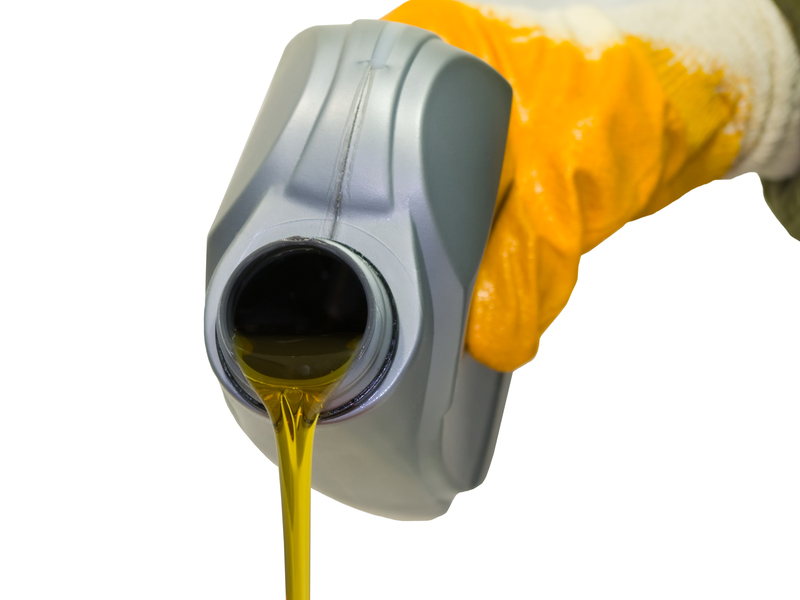Sustainable Style: Upcycling Discards into Designer-Like Pieces
Sustainable fashion is not just a trend--it's a lifestyle movement changing how we view the clothes in our closets and the waste we generate. One of the most creative and impactful approaches within this movement is the concept of upcycling: transforming old, discarded materials into garments and accessories that look stylish and unique. This article will guide you through the world of Sustainable Style, illustrating how you can upcycle your own wardrobe and turn throwaways into designer-inspired treasures.
What Is Upcycling in the Context of Sustainable Style?
Upcycling refers to the process of taking unwanted items and giving them new life with added value, particularly in fashion. It's different from recycling, which often breaks materials down to their basic form before reuse. Instead, upcycling uses existing products and transforms them, emphasizing creativity, sustainability, and individual style.
How Does Upcycling Support Eco-Friendly Fashion?
- Reduces waste: Repurposes clothing and textiles that would otherwise end up in landfills.
- Conserves resources: Minimizes the need for new raw materials, reducing water and energy consumption.
- Promotes creativity: Inspires original designs and creative problem-solving.
- Decreases pollution: Lessens chemical pollution from textile production.
- Supports local artisans: Encourages handcrafting and skill-building within communities.
In short, upcycling is a pillar of sustainable style, blending aesthetics with ethics by giving new meaning and value to what might otherwise be considered "discards."

Key Principles: Transforming Discards Into Designer-Like Fashion Pieces
Turning run-of-the-mill garments or waste textiles into designer-like pieces involves more than just patching up old jeans. Here are some key principles guiding effective upcycling in sustainable style:
Design Thinking
- Vision: Imagine what could be--see beyond the current form of an item.
- Functionality: Consider how the upcycled piece will be worn and used.
- Originality: Use materials, colors, and trims unconventionally for stunning results.
Quality over Quantity
- Focus on making fewer, better pieces that will last and stay in style.
- Use strong seams, thoughtful details, and durable fabric combinations.
Commitment to Sustainability
- Choose non-toxic dyes and finishes.
- Favor natural or already-recycled textiles.
- Consider the entire lifecycle and end-of-life options for your creation.
With attention to these values, you can upcycle discarded pieces into standout, designer-inspired fashion that's both stylish and responsible.
Creative Upcycling Ideas: From Trash to Trendsetting
Ready to transform your unwanted garments and materials? Below are some creative ideas to help spark your journey towards a more sustainable wardrobe.
1. Denim Reinvented
- Patchwork jeans and jackets using scraps of denim (or even plaid shirts for mixed texture).
- Ombre dyeing to update faded, boring blues.
- Sleek, modern bags cut and stitched from old jeans' legs.
2. T-Shirt Transformations
- Convert oversized tees into fitted tanks, planters, or even braided rugs.
- Applique and embroidery to mimic high-end brand detailing.
- Add lace, beads, or fabric paint to rejuvenate a basic tee.
3. Button-Up Blouses, Revamped
- Cropped or tied-front blouses for a chic, designer-like silhouette.
- Turn sleeves into headbands or statement bows.
- Overdye or block-print plain shirts for a fresh, runway-worthy look.
4. Accessories with an Edge
- Make necklaces from recycled beads and fabric scraps.
- Repurpose belts, zippers, and hardware from worn-out bags into statement jewelry.
- Craft pouches and wallets from textile offcuts and leather remnants.
5. Patchwork and Mixed Media
- Combine unlikely fabrics--like silk, denim, and tweed--for visually arresting pieces.
- Use vintage scarves or discarded neckties for quirky, one-of-a-kind tops and skirts.
Get creative, experiment, and use your sense of style to guide your sustainable upcycling projects. The possibilities are only limited by your imagination!
Step-by-Step Guide: Upcycling Clothing at Home
Transforming discards into designer-like pieces is entirely doable at home, even if you're a beginner. Follow these steps for a successful upcycling project:
1. Evaluate and Gather Materials
- Sort through your wardrobe to identify items with good fabric and structure.
- Collect unused trims, buttons, belts, scarves, and fabric scraps for embellishment.
2. Design Your Vision
- Sketch ideas or create a mood board.
- Draw inspiration from runway trends, fashion blogs, and thrift store finds.
- Think boldly: *Don't be afraid to cut, combine, or dye as needed.*
3. Prep and Plan
- Wash all materials thoroughly before you start working.
- Mark cutting lines with fabric chalk or washable pen.
- Assemble your sewing kit: scissors, pins, needles, thread, measuring tape, and a sewing machine (if available).
4. Cut, Create, and Assemble
- Cut your fabric following your design plan.
- Pin pieces together and try on for fit (don't fear mistakes--they are opportunities for creativity!)
- Sew or glue as needed. Use visible stitches, contrast trims, or hand embroidery for designer flair.
5. Final Touches and Styling
- Add closures, patches, embellishments, or finishing details.
- Try your upcycled piece in different outfit combinations to maximize versatility.
Remember, upcycling is as much about personal expression as it is about sustainability. Each project adds character, making your wardrobe as unique as you are.
Upcycling Inspiration: Brands Leading the Sustainable Style Movement
If you need a dose of inspiration, look to these forward-thinking brands and designers making upcycling a mainstream fashion movement:
- Marine Serre: Famous for futuristic designs pieced together from deadstock and recycled apparel.
- RE/DONE: Elevates vintage denim and other classics for a fresh, modern audience.
- Zero Waste Daniel: NYC-based designer committed to using 100% pre-consumer waste in their playful, vibrant clothing.
- Christopher Raeburn: Pioneers "remade" fashion by upcycling military and surplus textiles.
- Patagonia Worn Wear: Encourages customers to repair, upcycle, or trade in gear for new uses, extending product life cycles significantly.
By embracing sustainable fashion practices and celebrating upcycling, these brands prove that high-end, designer-like style can truly be created from what others once considered waste.
Tips for Making Your Upcycled Creations Look "Designer-Like"
Want your upcycled projects to radiate a designer vibe? Follow these tried-and-true tips for a more polished and professional look:
- Pay attention to fit: Tailor pieces to fit your body shape for instant sophistication.
- Use neutral palettes and bold finishes: Classic colors with unique trims or statement details mimic designer styles.
- Quality construction: Press seams, finish edges, and line garments if needed for a refined finish.
- Incorporate *unexpected elements*: Think asymmetrical designs, custom patches, reworked collars, or designer-inspired embroidery.
- Accessorize wisely: Pair your upcycled clothing with quality shoes, bags, and jewelry to complete the look.
Why Sustainable Style and Upcycling Matter More Than Ever
The fashion industry is one of the world's largest polluters, responsible for vast amounts of waste and environmental destruction. Conventional "fast fashion" relies on cheap materials and labor, producing mountains of clothing quickly discarded by consumers. Upcycling and sustainable style offer a tangible solution--one garment at a time--to this growing crisis.
The Impact of Sustainable Fashion Choices
- Each upcycled piece saves resources, water, and energy.
- Your creative approach inspires others to rethink what they throw away.
- Upcycled fashion supports local economies through artisan-driven projects and small businesses.
- Every conscious clothing choice reduces the environmental footprint of your wardrobe.
By embracing upcycling fashion, you're not only refreshing your own style but also helping to shape a more responsible, ethical, and eco-friendly garment industry.

Getting Involved: Community and Global Impact
Upcycling is not just a solo endeavor. Many communities are forming around the ideals of sustainable style and creative fashion reuse. Consider joining:
- Swap meets and community clothing exchanges.
- Workshops or courses on mending, upcycling, and clothing repair.
- Online forums and social media groups dedicated to sustainable fashion projects.
- Charity drives supporting underprivileged groups with upcycled or repurposed clothing.
These initiatives amplify the positive impact of individual creativity, making upcycling a true force for good in fashion.
Conclusion: Your Role in the Upcycling Revolution
As consumers, creatives, and citizens, we all have the power to transform the fashion industry by making more conscious, thoughtful choices. Upcycling discarded garments and materials into designer-like pieces is an exciting, impactful way to express yourself and protect our planet.
Start with what you have. Choose quality over quantity. Celebrate originality, sustainability, and self-expression. Every upcycled shirt, accessory, or dress is a small act of rebellion against throwaway culture--and a step towards a brighter, more stylish, and eco-conscious future.
Embrace the journey of sustainable style and join the global movement turning discards into darlings of designer-level fashion. Your next show-stopping piece is already hiding in your closet--ready to be reimagined, renewed, and proudly worn!
